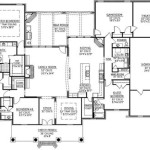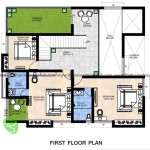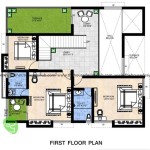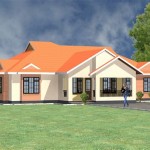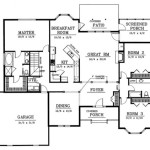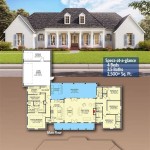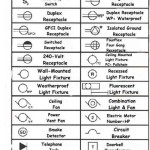Unveiling the Essential Aspects of Log House Plan: A Blueprint for Your Dream Retreat
Crafting a log house plan is an intricate endeavor that lays the foundation for a unique and awe-inspiring home. Embarking on this journey requires careful consideration of several key aspects to ensure a seamless and enjoyable experience from planning to construction.
1. Log Selection: The Cornerstone of Your Home's Character
The type of logs you choose will profoundly impact the aesthetic and durability of your home. Options range from traditional round logs to milled square logs, each with its own distinct charm. Round logs offer a rustic, natural feel, while milled logs provide a more polished appearance and improved energy efficiency.
2. Joint Type: Enhancing Structural Integrity and Charm
The way logs are joined determines the strength and stability of your home. Notched joints, such as dovetail or saddle notches, are classic methods that provide a secure and aesthetically pleasing connection. Saddle notches, in particular, are commonly used in log cabins and offer excellent stability.
3. Chinking and Caulking: Sealing Out the Elements
Chinking and caulking are essential for weatherproofing your log home. Chinking fills gaps between logs with a flexible material, such as mortar or sawdust, while caulking seals joints to prevent air and water infiltration. Proper sealing ensures comfort and energy efficiency throughout the year.
4. Roofing Options: Completing the Architectural Canvas
The roof design complements the overall aesthetic of your log home. Asphaltic shingles offer a cost-effective option, while metal roofs provide durability and longevity. Log homes also lend themselves well to natural roofing materials, such as wood or slate, which enhance their rustic charm.
5. Floor Plan: Tailoring the Home to Your Lifestyle
The floor plan establishes the layout and functionality of your home. Consider your family's needs, including the number of bedrooms, bathrooms, and living spaces. Open floor plans create a sense of spaciousness and encourage flow, while more traditional layouts provide privacy and separation.
6. Heating and Cooling: Ensuring Year-Round Comfort
Determining the appropriate heating and cooling systems for your log home is crucial. Energy-efficient options, such as geothermal or radiant floor heating, minimize energy consumption while providing optimal comfort. Consider the climate in your region and the size of your home when selecting a heating and cooling system.
7. Electrical Planning: Powering Your Retreat
Electrical planning involves determining the location of outlets, switches, and lighting fixtures. Adequate wiring and proper circuit planning ensure safety and convenience. Consult with a licensed electrician to ensure your home meets all electrical codes and standards.
Conclusion
Designing a log house plan is an exciting journey that combines aesthetics, functionality, and attention to detail. By carefully considering these essential aspects, from log selection to electrical planning, you can create a home that is not only beautiful but also durable, comfortable, and perfectly tailored to your needs. Embrace the unique charm of a log home and embark on a rewarding experience that will create a lifelong sanctuary for you and your loved ones.

Log House Plans Google Search Home Cabin Homes

10 Bedroom Log Cabin Floor Plans Ideas House Home

Small Log Homes Kits Southland

Log Cabin Floor Plans Many To Choose From

Log Homes Of America Inc Home Plan Ideas

Log Home Floor Plans Cabin

Lodge Log And Timber Floor Plans For Homes Lodges Cabins Bear Lake

Log Home Plans Floor Designs The House Designers

Lodge Log And Timber Floor Plans For Homes Lodges Cabins Bear Lake

Browse Floor Plans For Our Custom Log Cabin Homes House Home

